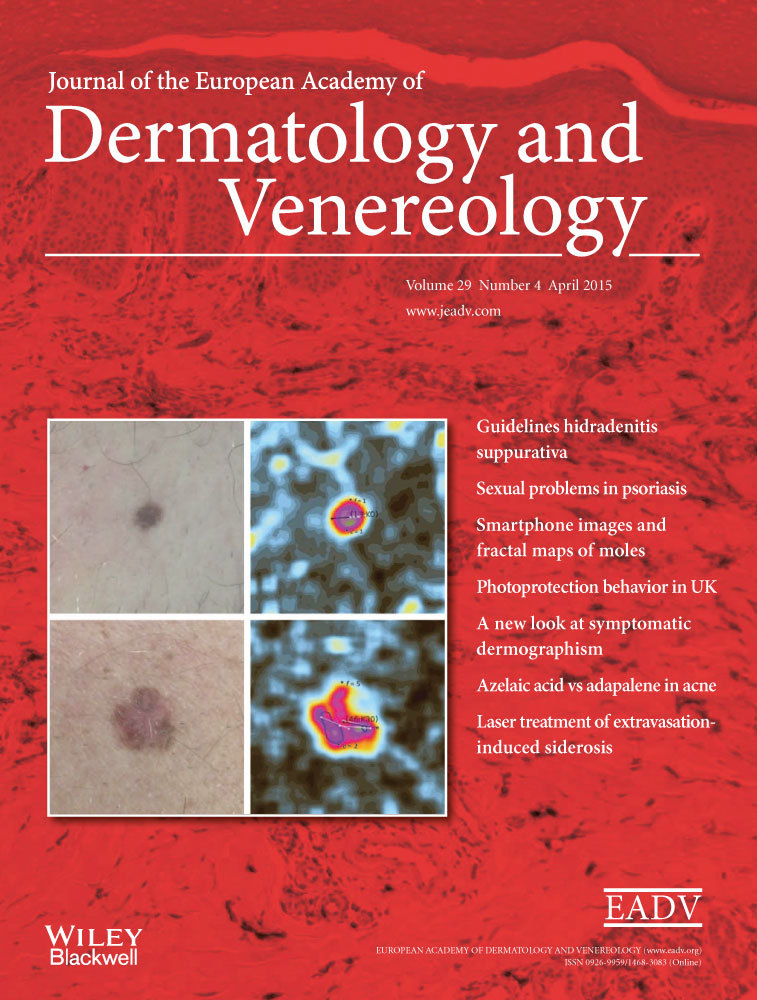A randomized investigator-blind parallel-group study to assess efficacy and safety of azelaic acid 15% gel vs. adapalene 0.1% gel in the treatment and maintenance treatment of female adult acne
Conflicts of interest:
H. G. has served as an investigator, advisor and speaker for Bayer-Schering, IMTM GmbH, Hermal, MEDA, GSK, Hoffmann-La Roche, Merz, Basilea, Novartis, Vichy and Galderma, A.T. received speaker honoraria from Galderma Laboratories
Funding sources:
Intendis GmbH, Max-Dohrn-Str. 10, 10589 Berlin, Germany. This was an investigator-initiated trial. The funder was not involved in the development of the study protocol, the data collection or analysis and the preparation of the manuscript.
Abstract
Background
Growing numbers of post-adolescent females are suffering from treatment-resistant or relapsing adult acne forms, therefore requiring the definition of safe and effective treatment options for this burdening disease.
Objectives
To assess the efficacy of azelaic acid 15% gel (AzA) vs. no treatment during maintenance therapy of female adult acne and to compare its efficacy and safety vs. adapalene 0.1% gel (AD) during a 9-month period (3-month treatment and 6-month maintenance treatment).
Methods
A total of 55 women between 18 and 45 years with adult acne were included in this investigator-blind trial and randomized into three groups receiving AzA gel b.i.d. for 9 months (AzA9M, n = 17) or AzA gel b.i.d. for 3 months followed by a 6-month observational phase (AzA3M, n = 19) or AD gel once daily for 9 months (AD9M, n = 19). Parameters of efficacy, safety and patient-related factors were analysed.
Results
The reduction in lesion counts, severity and Dermatology Life Quality Index score was significant (P < 0.05) and comparable between groups during the treatment phase, while dryness and scaling were significantly lower (P < 0.05) in group AzA9M vs. AD9M. During maintenance, AzA9M was superior to AzA3M in the control of inflammatory lesions (P = 0.008) and total lesions (P = 0.014) at week 24. From week 12 to week 36, a mild relative increase in inflammatory lesions could be observed in all groups. In AzA3M, this increase exceeded that of AzA9M by 23.1% (P = 0.109), while the difference of total lesions diverged to 30.8% (P = 0.038). No significant differences could be detected between AzA9M and AD9M. Group AzA9M was non-inferior to AD9M (non-inferiority margin of 50% for the confidence limit for the relative effect) in the control of inflammatory acne lesions.
Conclusions
AzA15% gel is a safe and effective treatment and maintenance treatment of female adult acne with non-inferior efficacy to AD 0.1% gel in the control of inflammatory acne.




